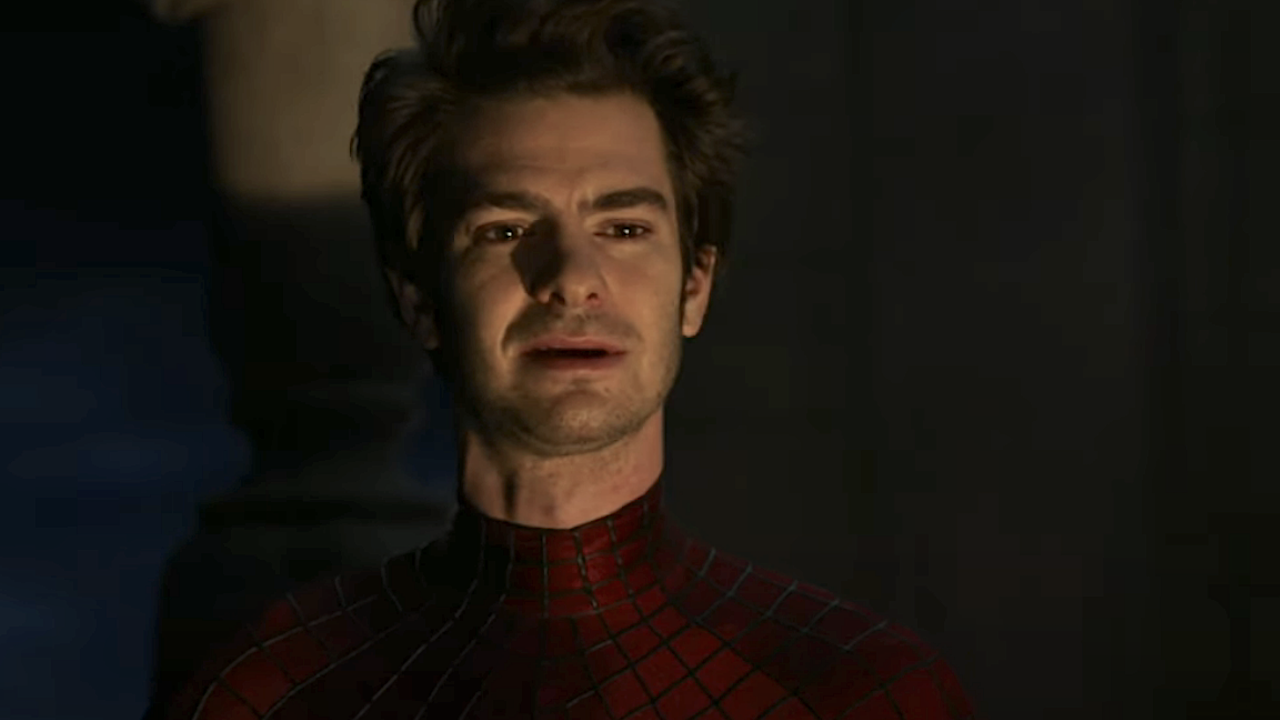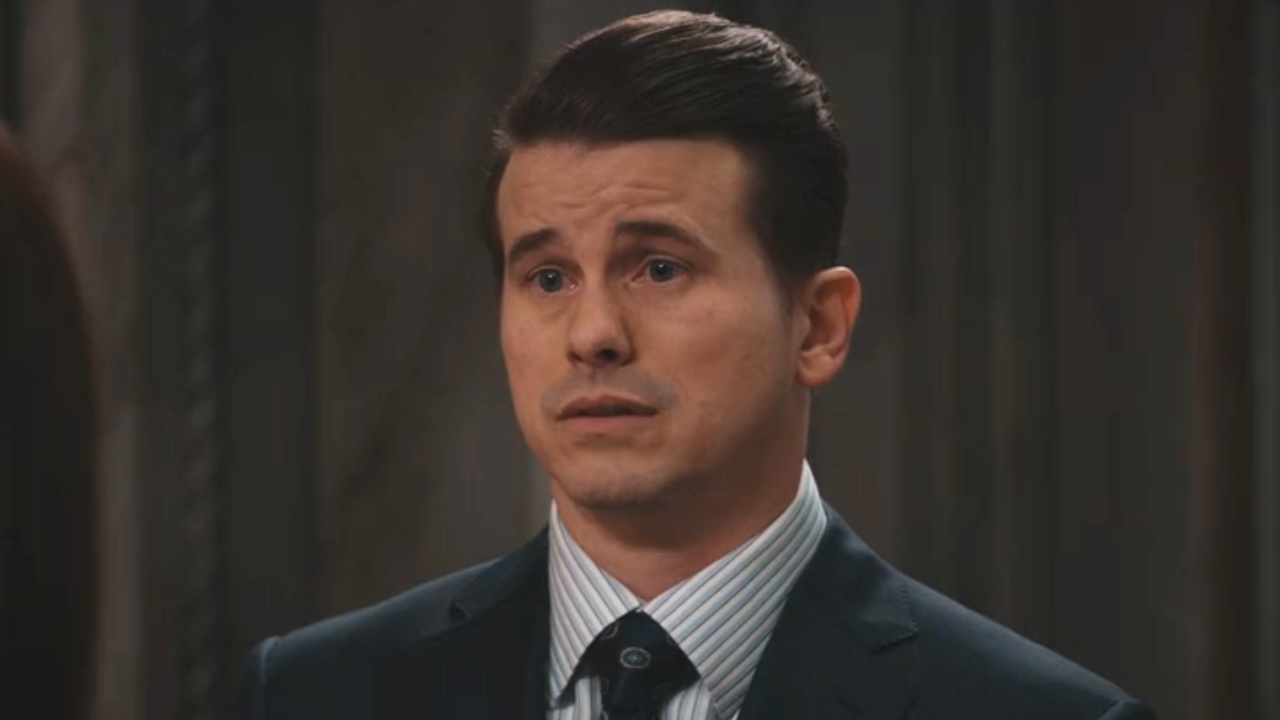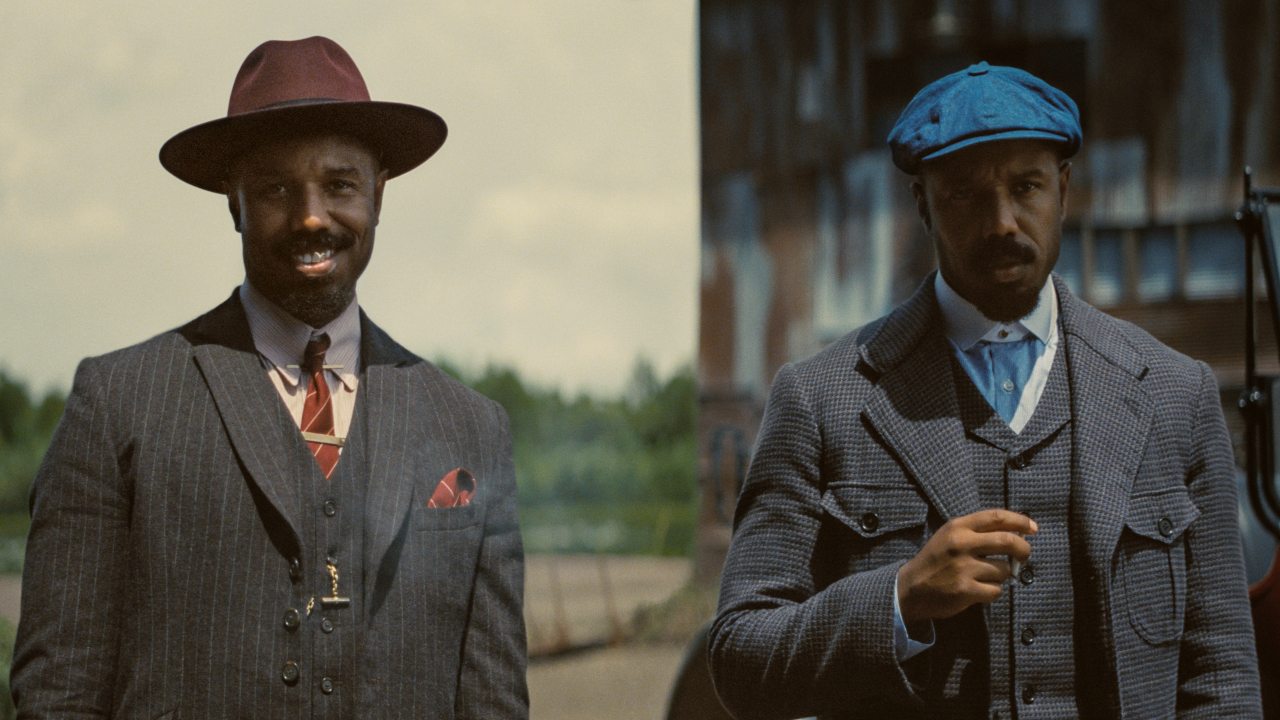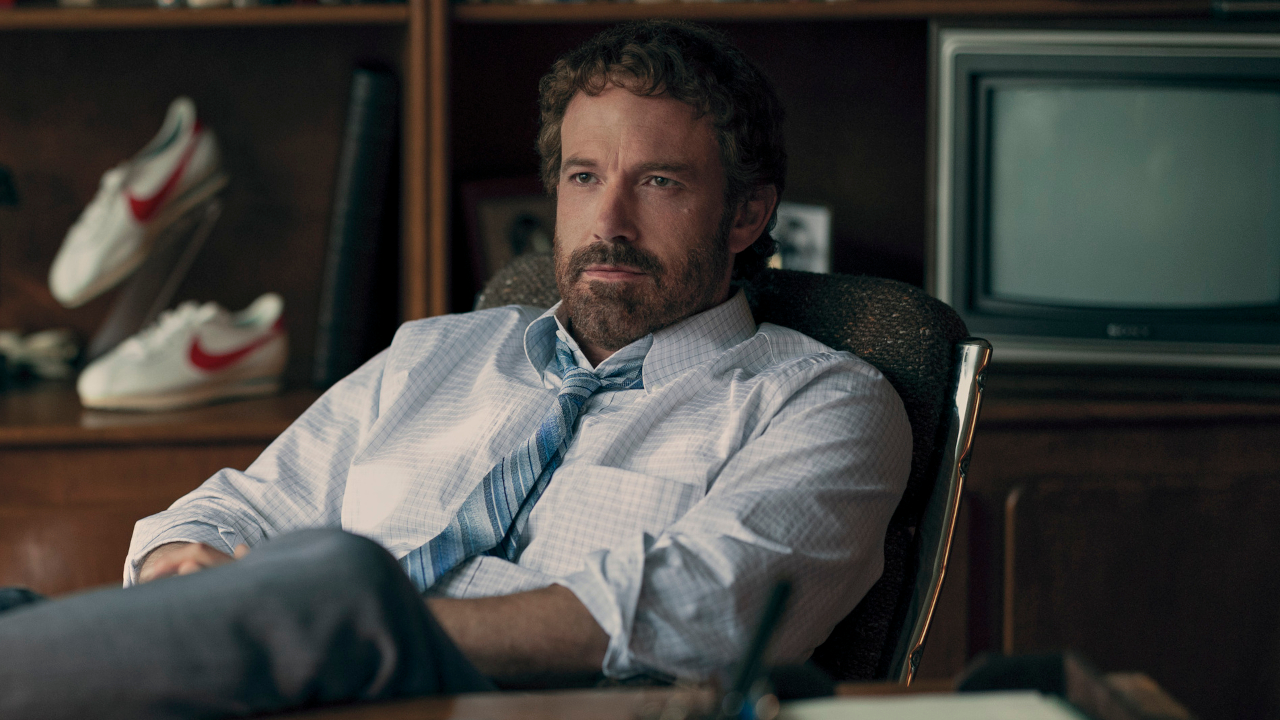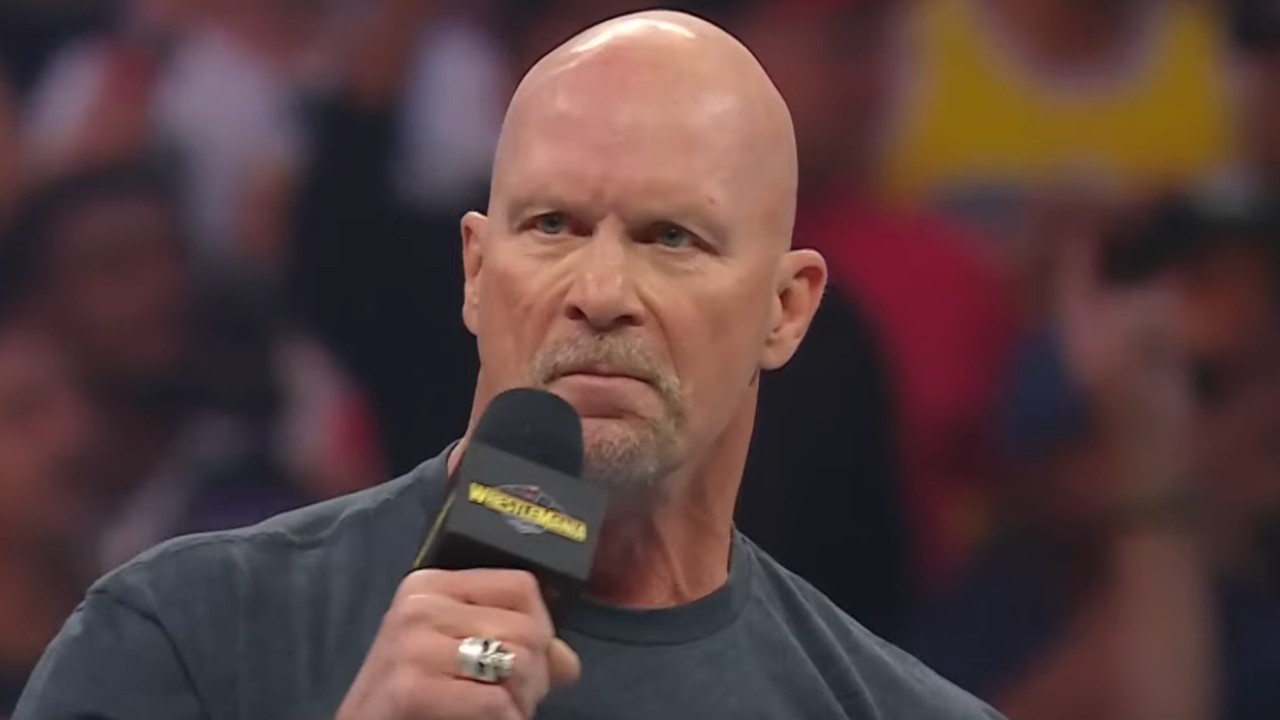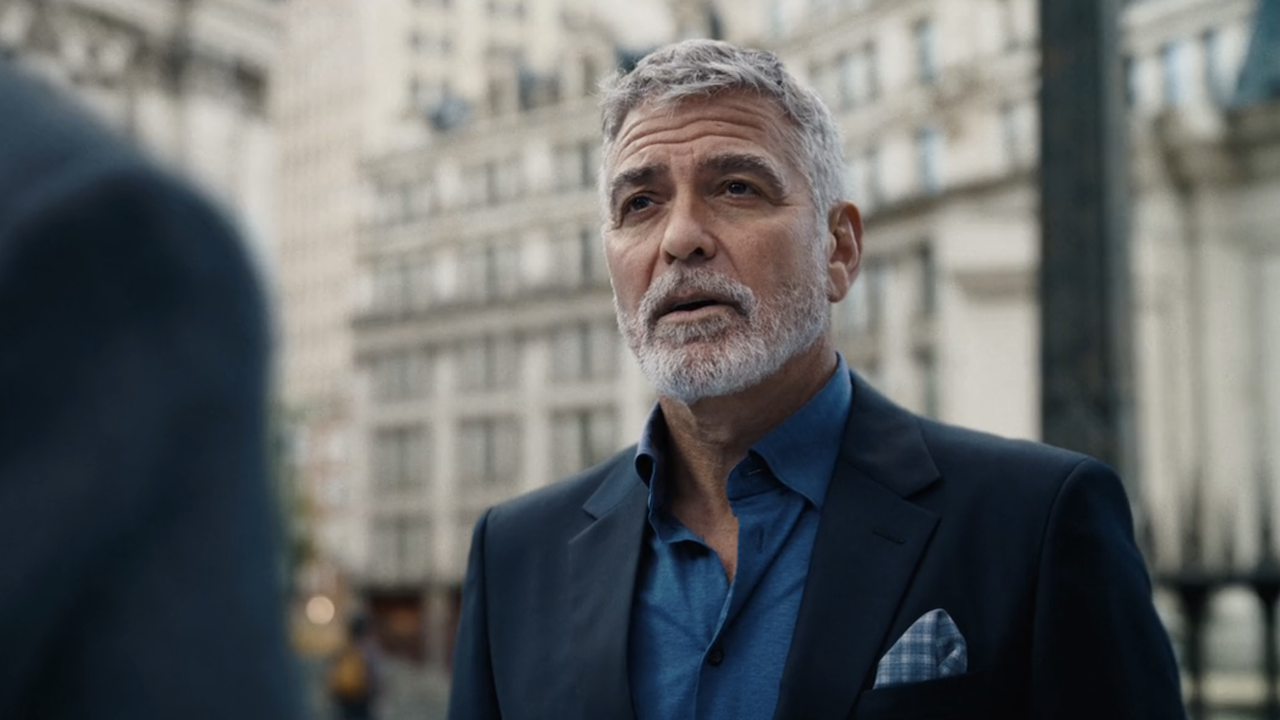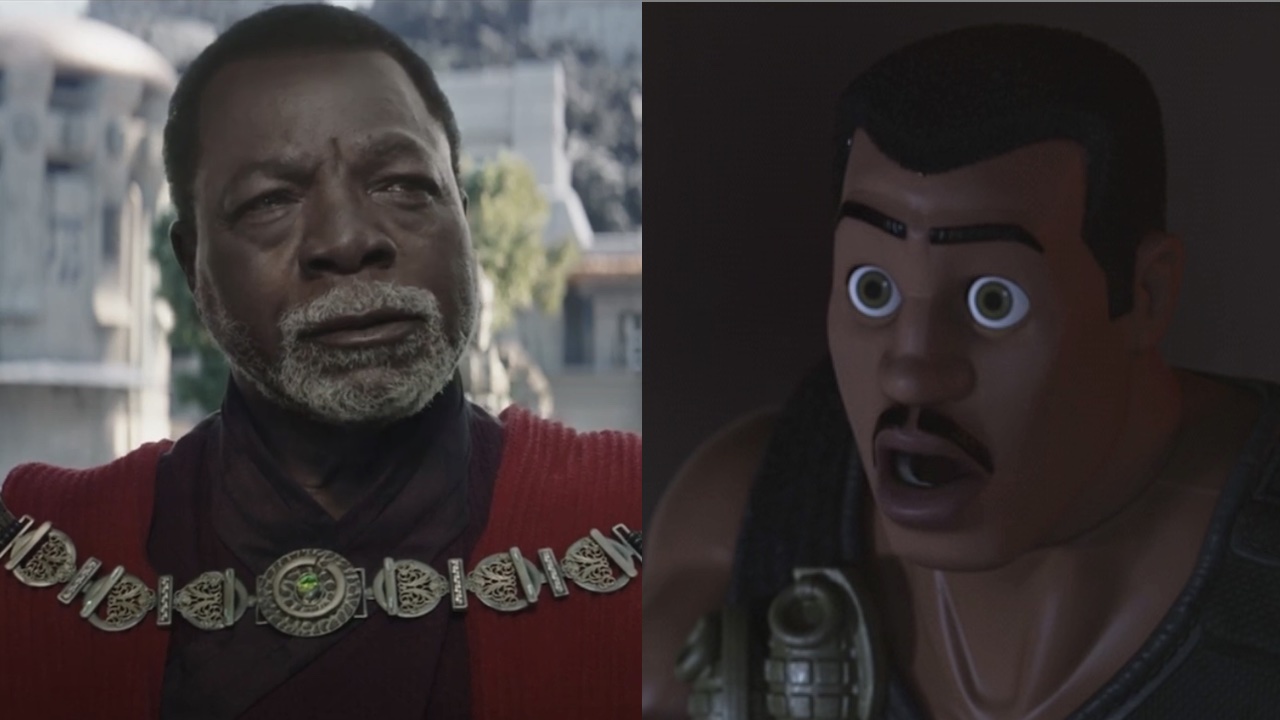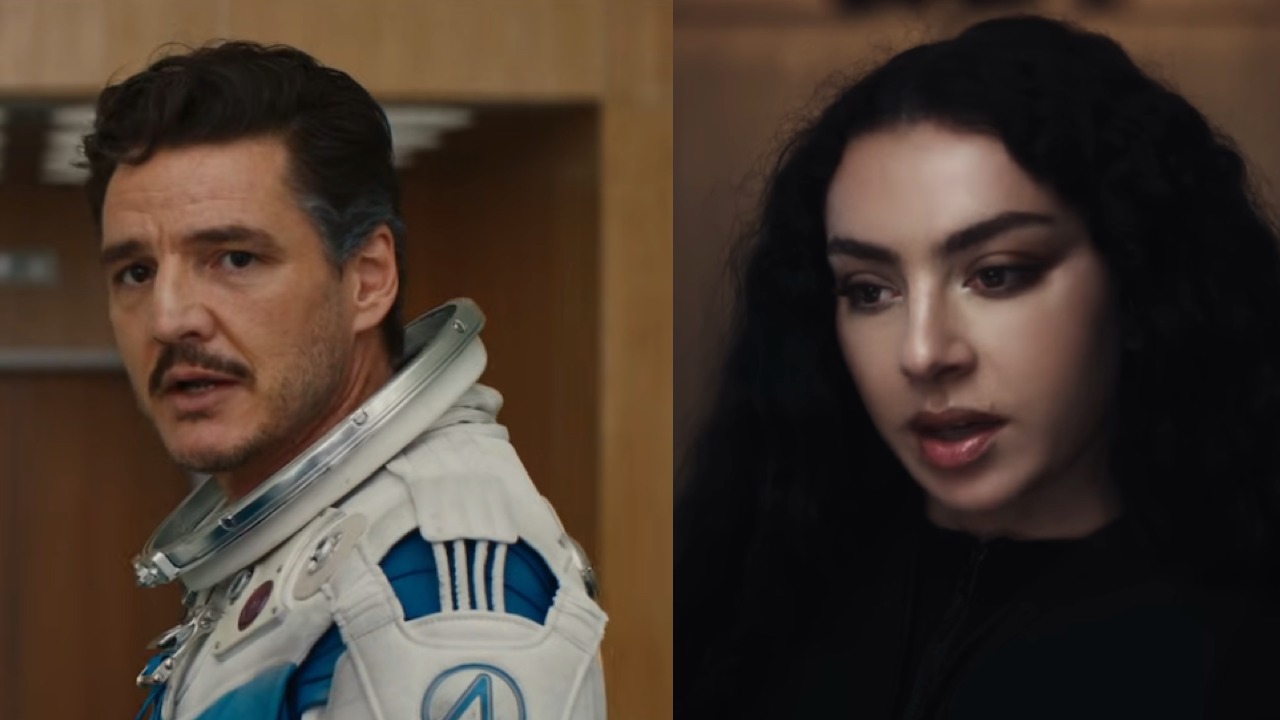To 3D Or Not To 3D: Choose The Right Lion King 3D Ticket

One of the most common disagreements I have with my friends is over which Disney animated film is better: Aladdin or The Lion King. I’ve personally always argued in favor of The Lion King, as it has more emotional depth, has some hilarious moments, and nearly every frame is absolutely stunning. Now, after many years, Simba, Nala, Mufasa, Timon and Pumbaa are coming back to the big screen, but there’s a catch, as the movie is only be shown in 3D. So the question presents itself – is it worth it?
Last week I had a chance to go see The Lion King in 3D and below you will find my full breakdown of the technologies effectiveness. Is it worth buying a ticket or are you better off waiting for the soon-to-be-released Blu-ray? Find out below.
Does It Fit?
When it comes to this portion of the test, animated films typically get an automatic five out of five. This is because directors and artists can build entire worlds as they see fit to best utilize the 3D. In this case, however, it’s a different story. The Lion King was not initially conceived as a 3D film, meaning that the directors weren’t considering it when staging each frame. On the plus side, the movie does lend itself to 3D in the sense that it does have wide, sweeping landscapes and a good amount of action and flash. Let’s call it even, shall we?
Fit Score: 2.5/5
Planning & Effort
Here’s a fun fact: the original release date of The Lion King in 1994 is closer in years to Jaws 3D (11 years before) than Avatar (16 years after). What I’m getting at is that when the movie was first being made, nobody was thinking about 3D. That said, the studio has seemingly done its best to make sure that the new version of the film looks as good as it can. Disney producer Don Hahn revealed the plans for a 3D Lion King all the way back in June 2010, and at that point the project was already in the works. The animated classic wasn’t made with 3D in mind, but the folks behind it have certainly been trying hard to make sure the conversion was done well.
P&E Score: 3/5
Beyond the Window
CINEMABLEND NEWSLETTER
Your Daily Blend of Entertainment News
When you break it down, 3D has exactly two abilities: it can make things fly off of the screen and into the audience, and it can create a sense of depth. Beyond the Window refers to the latter. Now, remember earlier when I remarked about The Lion King’s “wide, sweeping landscapes”? That should have been a hint. There isn’t a single moment in The Lion King 3D that doesn’t make you feel like you can hop into the screen and run for miles in any direction. While the scene in which Mufasa shows Simba how far his kingdom stretches has always been impressive, the 3D actually manages to add to the vista. The sense of depth is easily the best thing about the post-conversion.
Beyond the Window Score: 5/5
Before the Window
Now to talk about the other half of 3D which, in the case of The Lion King, is not that great. Going back to the fact that the movie wasn’t made with 3D in mind, none of the shots are really set up to purposefully make things fly out of the screen. Short of adding in new scenes where Timon throws bugs at the audience, this was always going to be an issue. The people behind the conversion are able to make it work occasionally – they actually do something impressive while Zazu is flying at the start of the film and they are sometimes able to make dust and fog look like it’s invading the audience – but it’s most definitely the 3D’s biggest weak spot.
Before the Window Score: 2/5
Brightness
Even when sitting in a theater that has the most optimum conditions, brightness is going to be an issue for 3D movies. Simply put, a movie is going to look darker if you watch it while wearing sunglasses. It’s up to the filmmakers/conversion team to compensate and try to cancel out this effect. While The Lion King isn’t perfect, it does a satisfactory job. The movie itself is set mostly during the day and in environments with bright colors, which helps considerably, but scenes in darker environments, like the elephant graveyard, are murkier than one would hope.
Brightness Score: 3/5
The Glasses Off Test
While watching a 3D movie, the blurrier the image is without your glasses, the more use they're making of the movie's 3D. The simplest way to explain this is that the more images and layers the film sends to each eye, the better looking the effect is. While watching The Lion King I occasionally took off my glasses to see what the screen looked like without them. I was impressed. Because of the intense levels of depth, all of the backgrounds were incredibly blurry and unwatchable. My favorite effect, though, was looking at the night sky without the glasses and seeing twice as many stars as I did with the glasses on.
Glasses Off Test: 5/5
Audience Health
There are some people who can’t watch any 3D movies because they give them headaches or make them nauseous. But even those with iron eyes and stomachs can have negative reactions to the technology. If the film is too fast paced or consistent focal points aren’t established, audiences will be spewing in the aisle. At no point during my screening of Lion King 3D did I feel sick or uncomfortable. Obviously those who can’t even put on a pair of glasses without re-tasting their lunch may disagree, but if you’re like me and rarely feel the negative effects of the technology, this one won’t bother you a bit.
Health Score: 5/5
| SCORES RECAP | |
| 3D Fit | 2.5 |
| P&E | 3 |
| Beyond The Window | 5 |
| Before The Window | 2 |
| Brightness | 3 |
| The Glasses Off Test | 5 |
| Audience Health | 5 |
| Total Score | 25.5 (out of a possible 35) |
Final Verdict: Considering the fact that directors Roger Allers and Rob Minkoff didn’t have 3D in mind while developing The Lion King, I would say that the post-conversion is a success and I can recommend that people go see it. Let’s also remember that it’s not every day we can see one of the best Disney films ever back on the big screen, so you should probably take advantage of that.
This poll is no longer available.
For more 3D analysis, visit our To 3D Or Not To 3D archive right here.

Eric Eisenberg is the Assistant Managing Editor at CinemaBlend. After graduating Boston University and earning a bachelor’s degree in journalism, he took a part-time job as a staff writer for CinemaBlend, and after six months was offered the opportunity to move to Los Angeles and take on a newly created West Coast Editor position. Over a decade later, he's continuing to advance his interests and expertise. In addition to conducting filmmaker interviews and contributing to the news and feature content of the site, Eric also oversees the Movie Reviews section, writes the the weekend box office report (published Sundays), and is the site's resident Stephen King expert. He has two King-related columns.
